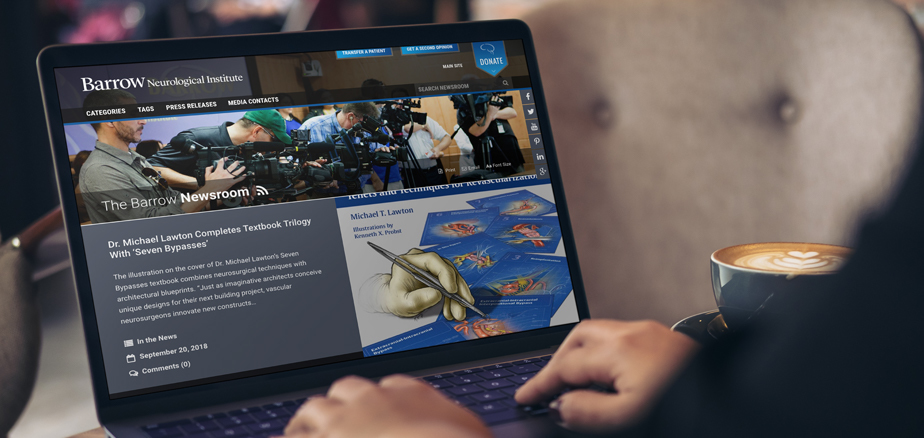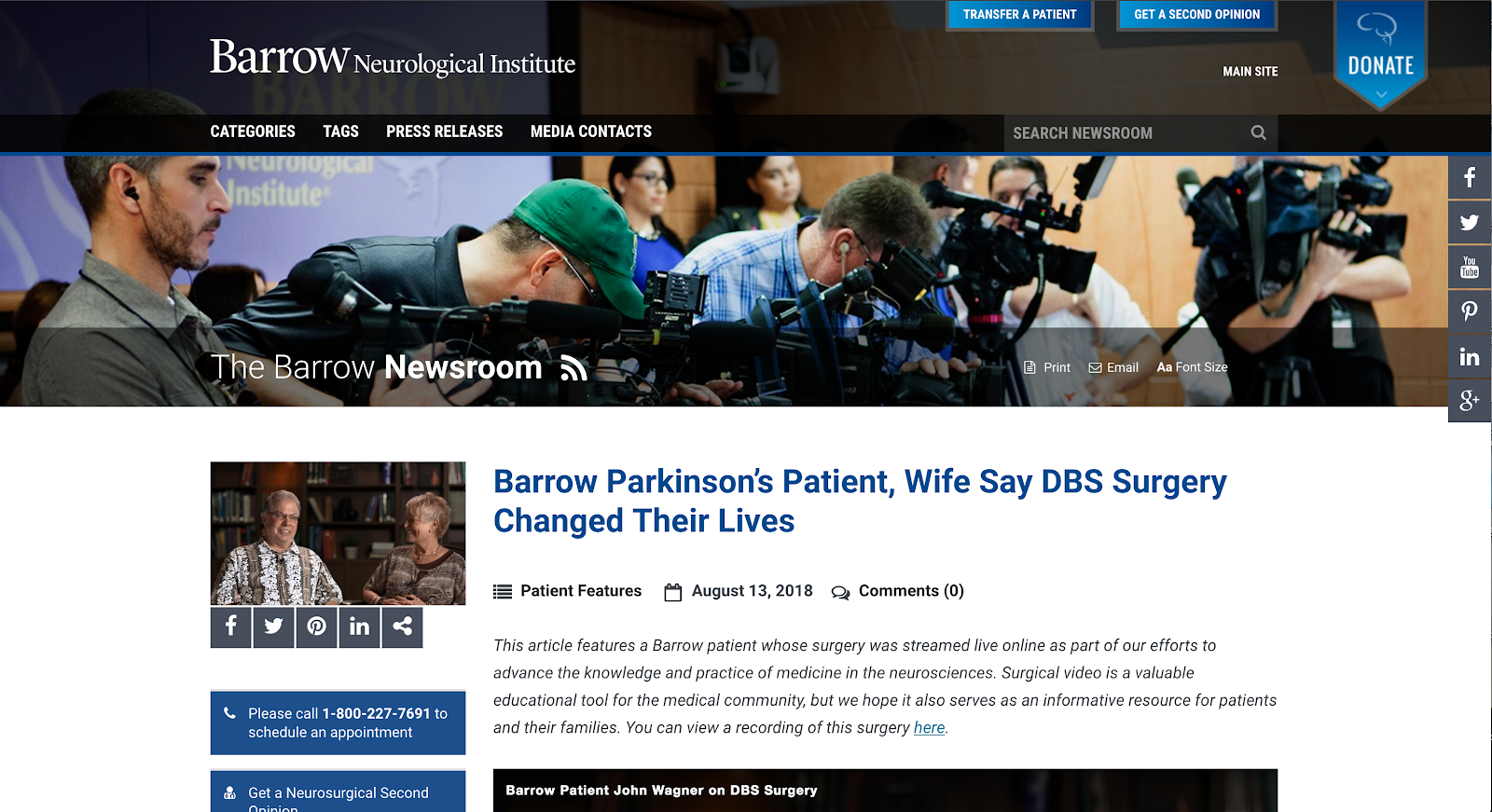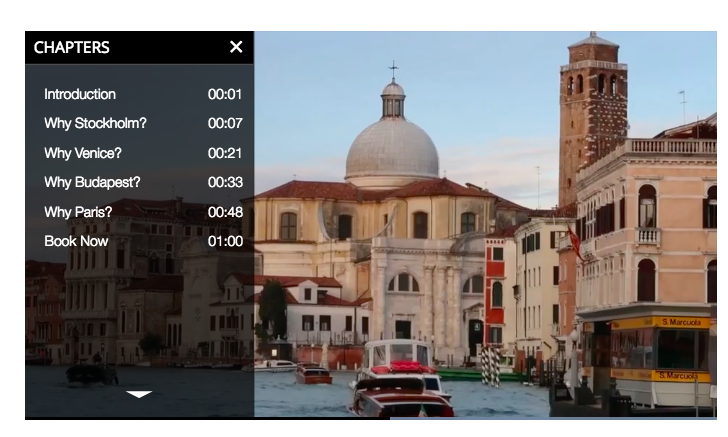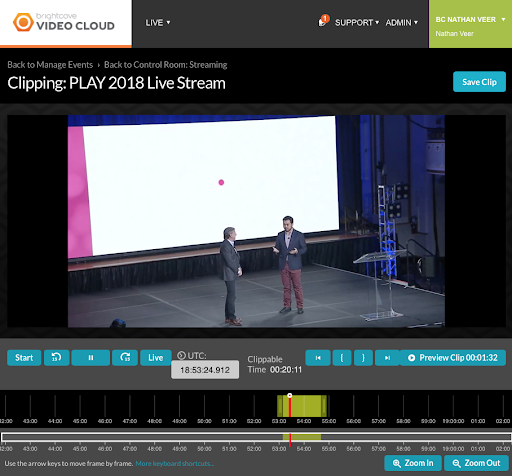Traditional publishers who embark on an online video strategy tend to quickly realize that they are wading into unfamiliar territory. Operating from a traditional print standpoint is an entirely different ball game than running an online digital business.
When publishers think about monetizing their online properties, revenue sharing is often a quick-fix solution to a complex revenue decision. Here are the top three reasons why revenue sharing is one of the worst business strategies for publishers looking to build a sustainable business online.
LOW EFFORT, LOW RETURN
The old adage goes that if it sounds too good to be true, it usually is. Video content is an important strategy for digital publishers as a means to drive audience engagement and monetization. With the likes of YouTube, DailyMotion, and Vimeo all offering revenue share options, publishers may not realize the extent to which they are relinquishing a certain level of control of their businesses to these companies — leaving their business and revenue outcomes at the whim of any changes these companies make to their platforms, publishing technologies, or policies.
When publishers adopt a revenue share model, they often come to a decision that an in-house sales team is redundant. Without an in-house sales team, the publisher relies solely on the revenue share platforms to fulfill its sales targets. Any illusion of true partnership is lost when the platform partner fails to sell enough inventory or does not meet sales targets. The only revenue streams available on these platforms are through programmatic sales. In the current Asian market, programmatic-sourced revenues form only a fraction of the total available advertiser revenue.
Even though many of these platforms offer content owners the opportunity to sell against their own content, there is a pain and risk associated with this scenario. Pain, as in often-taxing reporting responsibilities, or risk, as in owing a fixed CPM to a platform that permits the publisher to sell inventory.
WHO OWNS THE DATA?
Publishers are beginning to understand that in addition to their content, their user data is one of their most valuable assets. User data drives content, distribution, and monetization strategies and more granular user data drives more personalized, targeted ads, which lead to higher CPMs and performance. When using a video platform with a revenue share model, such as those offered by Youtube, DailyMotion, Vimeo, and Verizon, publishers are often handing over ALL of their valuable user data. With Brightcove, user data remains solely with the publisher — and this can be monetized throughout each user’s life cycle.
LOW INCENTIVE FOR INNOVATION
When publishers are served by revenue share-centric video platforms (RSPs) which focus on serving the masses, any publisher is one of many. These platforms are unlikely to create any custom experiences for a single publisher, because their focus is to only invest in innovation if it benefits all of their customers. By definition, publishers will not be able to differentiate. There is no incentive for the RSPs to further their roadmap as a means to evolve a publisher’s business.
So how does a publisher gain a competitive edge? There is no edge. Developing a publisher’s own unique user experience is not aligned with the RSP’s product strategy.
Brightcove actively maintains integrations with a number of hand-picked technology platforms that our customers can leverage (in many cases free of charge) to enhance their business offerings. For example, Brightcove has integrations with third-party ad tech companies, recommendation engines, interactivity tools, and analytics platforms. Brightcove offers a stronger partner ecosystem for publishers to integrate with than provided by RSPs.
Because RSPs operate on the basis of a one-size-fits-all approach, the ability to differentiate as a media brand is significantly compromised for the publisher. If a publisher wants to differentiate — be it by changing the UI, or adding regional-specific payment gateways like AliPay or WeChatPay, or adding regionally relevant social integrations like Line or WeChat — then that would be a change request which would prove to be costly.
For RSPs, improving the UI or adding new features will inevitably become a sticking point between the vendor and publisher if significant revenues are not being generated. And it is not a priority nor part of the RSP’s roadmap to productize such features.
PERMANENT TAX ON SUCCESS
The more YOU earn from ads, the more RSPs earn as well. In other words, publishers are ceding control of their revenues to third parties. With Brightcove, as your video streaming volumes increase, the per unit delivery costs come down so the percentage you pay (the overall revenue vs. the Brightcove cost) is not tied into ad revenue, nor is the percentage fixed as it would be for those revenue share models. It’s worth noting that a revenue share strategy often leads to a significant amount of unsold inventory, leading to disappointing revenue outcomes.
Revenue share models often will lock a publisher into utilizing a limited set of features that the RSP offers (i.e. mainly integrations with their own platforms) with little ability to influence their roadmap. Publishers also need to be cautious that RSPs do not have the ability to glean additional insights into their audience through these platforms.
BE YOUR OWN BRAND
BE SMART: As ad dollars shift online, premium online video offers a new revenue stream for online publishers. This means that publishers who are embracing digital need to retain complete control of their platforms in order to maximize their revenues.
BE BOLD: There is absolutely no doubt that premium video content is attracting an increasing amount of advertising spend. Now is NOT the time for publishers to be afraid of this exciting new world. They should find partners to help them grow, not partners whose brand goals are misaligned or may actually be competitive with their own.
OWN YOUR BRAND: Content is the product that viewers seek and publishers should continue to invest in. They should present their content in an environment that strengthens their own publishing brand, and not be at the mercy of global corporations who tend to be indifferent about local market requirements.


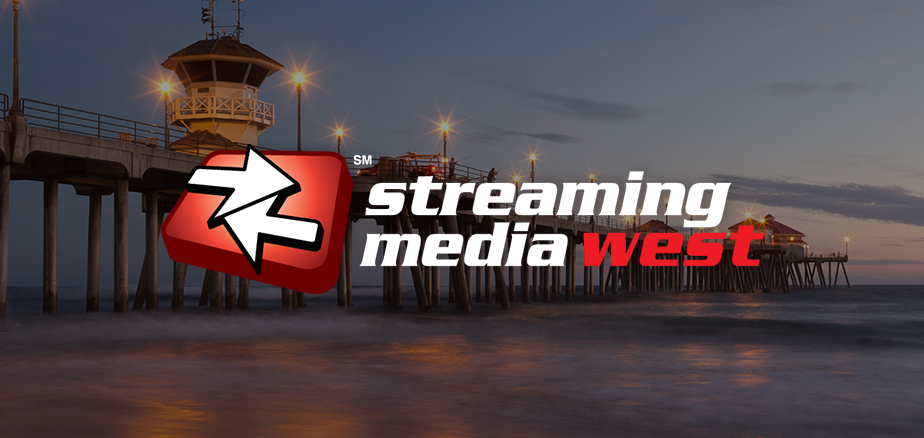

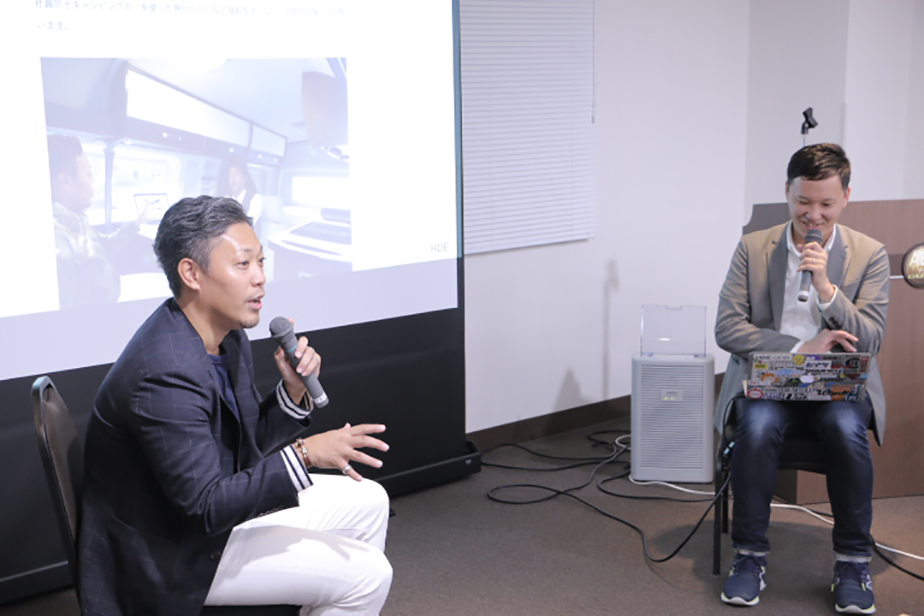

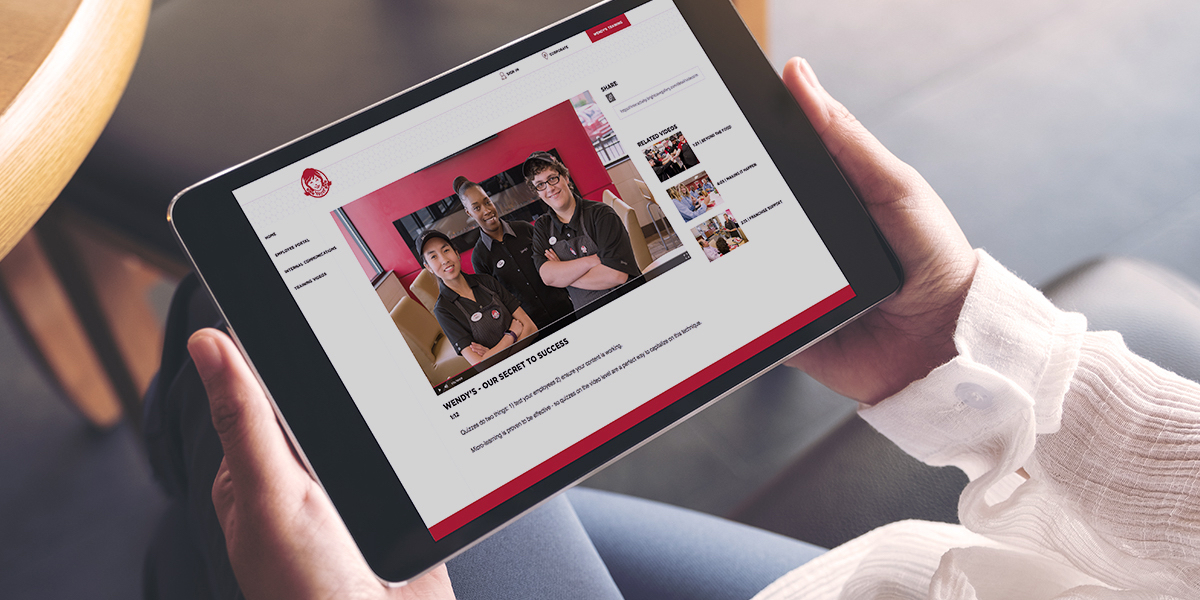
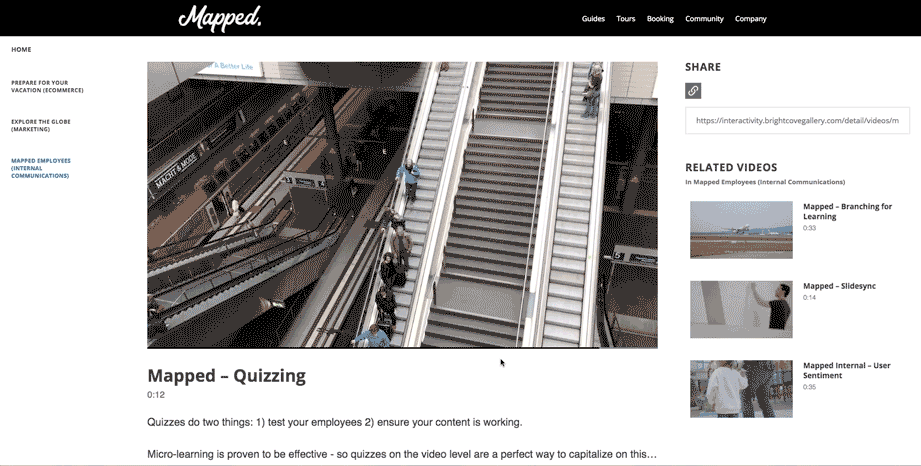
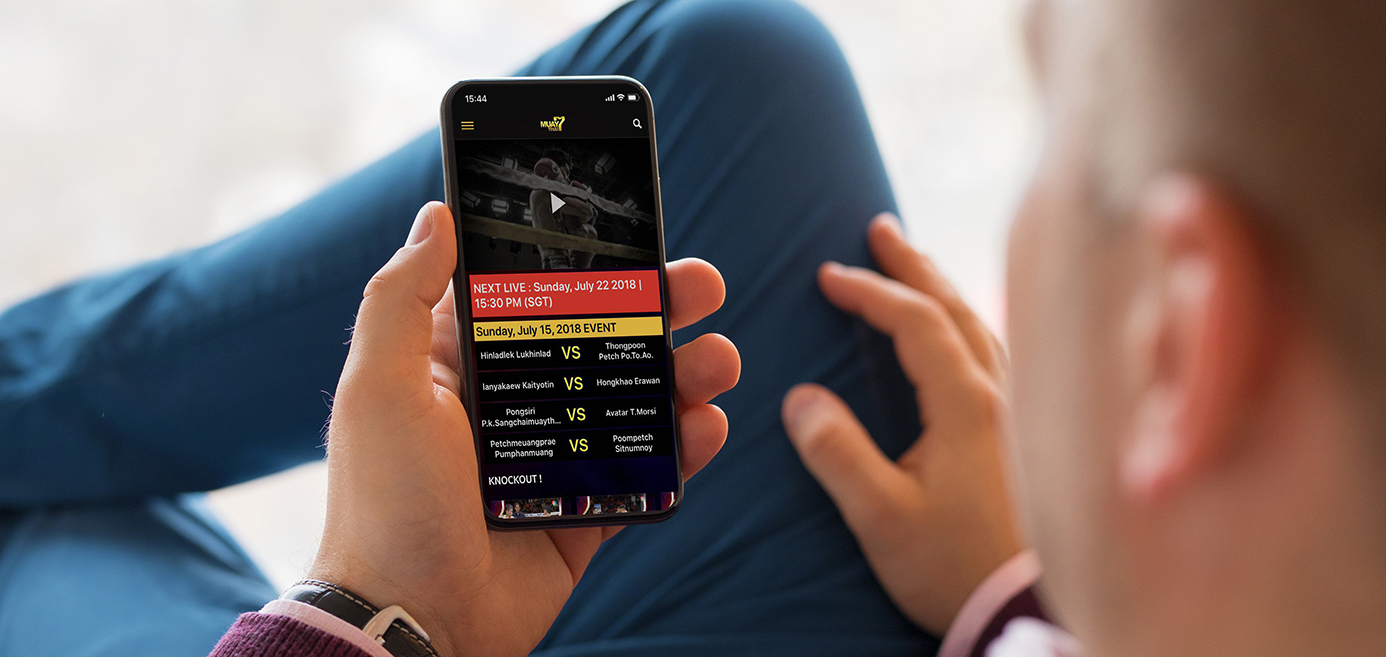
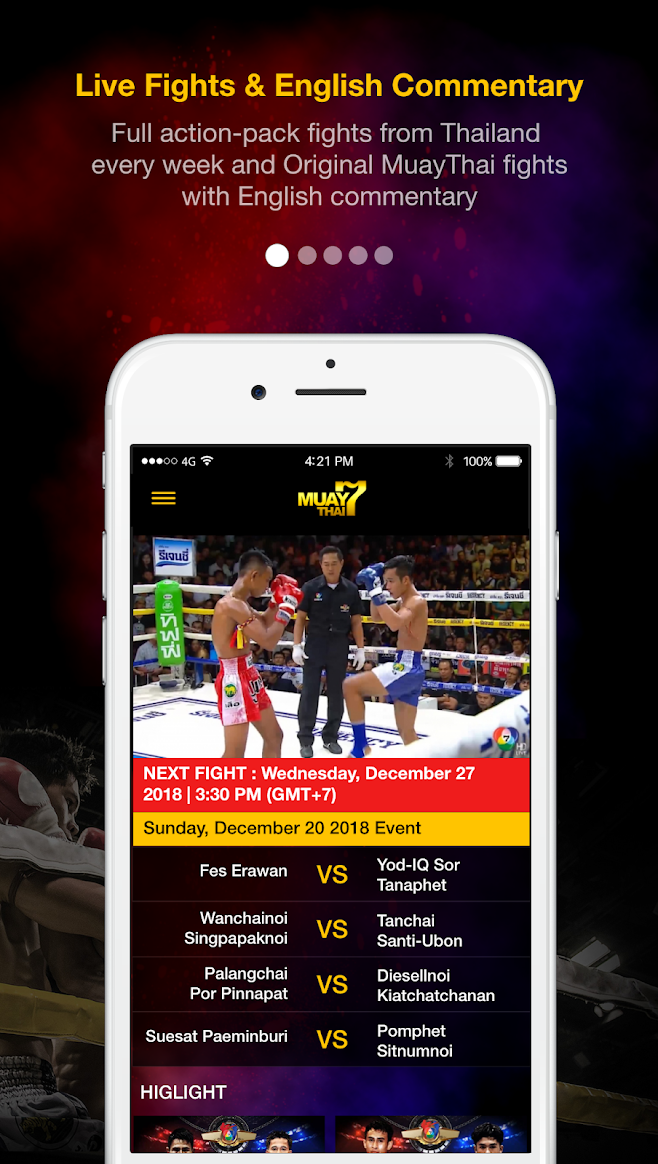 The MUAYTHAI7 app live streams fights from Channel 7’s stadium in downtown Bangkok, with English commentary as a means to engage non-Thai speaking audiences. The app also provides access to an online library of over 200 matches on demand. Channel 7 plans to retain subscribers by featuring additional content in between fights, such as training videos of the fighters, a VOD archive of fights from the last six months, and a gallery of super slow-mo highlights from past prime time fight rosters. The content on the mobile app is available through subscription video on demand (SVOD) after a 14-day trial period.
The MUAYTHAI7 app live streams fights from Channel 7’s stadium in downtown Bangkok, with English commentary as a means to engage non-Thai speaking audiences. The app also provides access to an online library of over 200 matches on demand. Channel 7 plans to retain subscribers by featuring additional content in between fights, such as training videos of the fighters, a VOD archive of fights from the last six months, and a gallery of super slow-mo highlights from past prime time fight rosters. The content on the mobile app is available through subscription video on demand (SVOD) after a 14-day trial period.